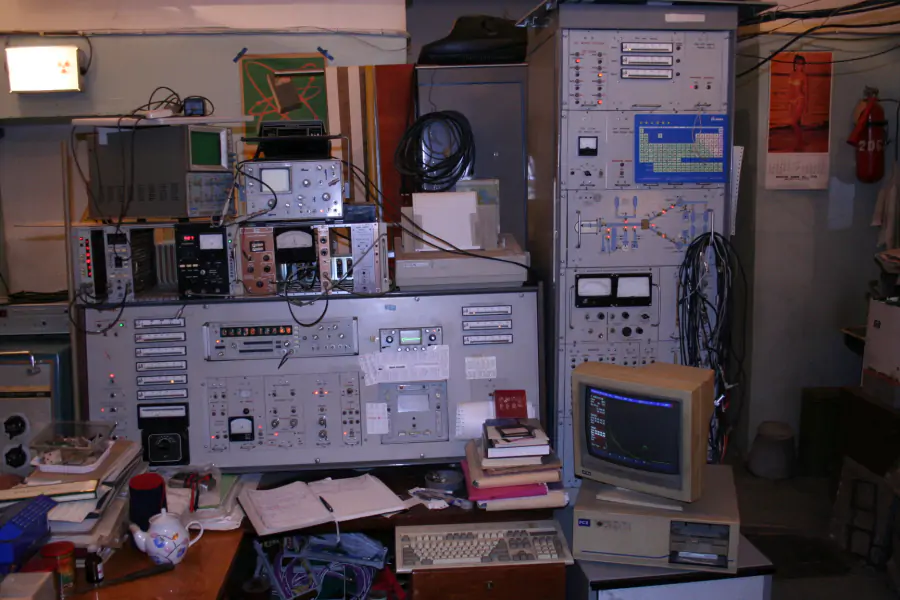Laboratory of Nuclear Physics Research Methods
The diagnostic laboratory has a charged particle accelerator up to 2 MeV and an X-ray diffractometer. In our laboratory, a resonator waveguide has been developed that allows the formation of nanoscale beams of X-ray and electron radiation.
- RFA AIR Defense
- PIXE
- ROR
- The method of recoil cores
- Channeling
- Ionoluminescence
Research directions
X-ray resonator waveguides

A previously unknown phenomenon of nature has been experimentally revealed: Waveguide resonance propagation of quasi-monochromatic electromagnetic radiation fluxes (using the example of studying the propagation features of X-ray characteristic radiation), realized in conditions when the width of the channel transporting the radiation flux does not exceed half the coherence length of this radiation, and a homogeneous interference field of a standing radiation wave occurs throughout the space of this channel, excited by this flow.
Diagnostics by ion-beam research methods
Elemental analytical diagnostics of planar material structures with nanoscale resolution in target thickness. The analysis can be performed with the complex application of X-ray fluorescence analysis in conditions of complete external reflection of the excitation flux of hard X-ray radiation combined using the capabilities of ion-beam diagnostics of materials. X-ray fluorescence analysis with full external reflection is useful in the elemental analysis of surface layers with a thickness of 3-8 nanometers, and ion-beam methods allow analyzing the elemental concentration profile by target thickness in the range of surface layer thicknesses up to 2 microns with a resolution of 10-20 nm, and in the range up to 20 microns with a resolution of 50 nm. The complex of methods is all-element, non-destructive, and reverse Rutherford ion scattering spectrometry is the only absolute element-diagnostic hardware, that is, it does not need to perform quantitative measurements in standards and standards.










